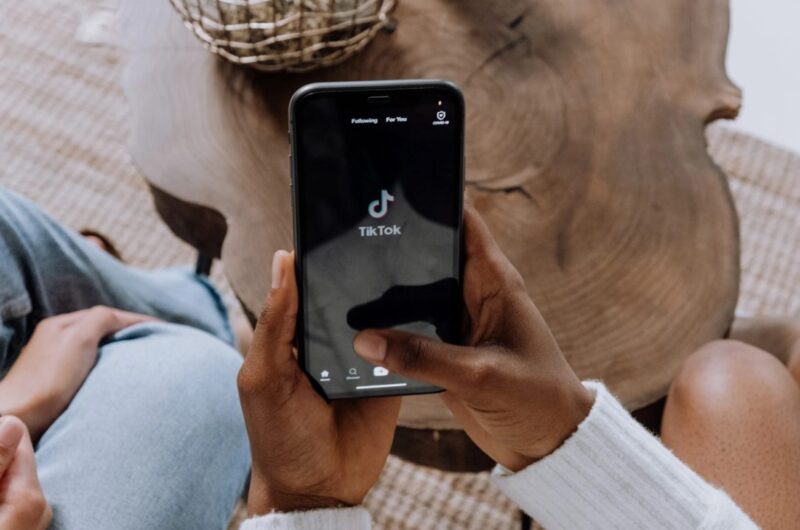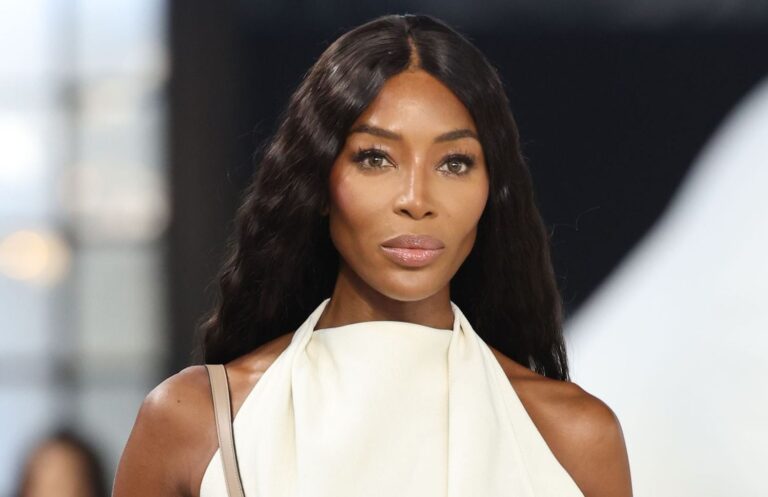Social media videos are a great way to connect with many people. They all can teach, entertain, and inspire. A big thing that can change how many views a video gets is how long it is.
The time it takes to watch a video may change depending on if people click on it, how long they stay, and if they want to see more.
Knowing how the video length changes the follower and view counts can help people who make videos make better choices and reach more people.
Short Videos and Their Benefits
A good thing about short videos is that they are easy to watch anywhere, and that will make reliable non- drop followers. People watch them when standing in line, on breaks, or when they travel to work. The way they are quick and simple fits well for people who are busy. This is why short videos often get popular fast.
Short videos have little time to share a message. Creators should be clear and creative in how they show things. This helps people understand and remember what they see. If done well, a short video will leave a strong mark, and people may want to see more from the creator.
Long Videos and Their Strengths
Short videos catch people’s eyes fast, but longer ones have their own good points.
A long video, usually five minutes or more, gives you the time to tell a story, teach something, or talk with someone. You can talk about a topic better. You get to tell your stories and really connect to people watching you.
When viewers stay longer, the platform’s system sees your video as worth watching. This can help your video get shown to more people. Over time, this can help you get steady growth in views and followers.
The key to doing well with long videos is to keep them interesting from start to end. People will watch a long video if it starts strong, has good structure, and shows nice visuals. If these are missing, even their loyal viewers might stop watching early.

Audience Attention Span and Viewing Habits
One big reason why length is important is that people do not stay focused for a long time.
Studies say that most people choose in just a few seconds if they want to keep watching a video or not. This means the start should grab their attention no matter how long the video is.
For short videos, it needs to keep the people interested the whole time so they will watch until the end. For long videos, it can be hard to keep their interest for several minutes.
If people stop watching too soon, the platform may show your video to less people. This can lower the total number of views.
In the end, there’s no “one-size-fits-all” length. The best creators focus on value first. They deliver helpful or entertaining content, then adjust length based on message and platform. When this balance is achieved, videos bring in more views and steady followers.
Platform Algorithms and Length Preferences
Each social platform has its own “sweet spot” when it comes to video length. For example, TikTok favors ultra-short clips—15 to 60 seconds—because they’re quick to scroll through. YouTube, however, rewards longer watch times, meaning a 10-minute tutorial can perform well if it keeps viewers watching.
Facebook and Instagram sit somewhere in between, with reels pushing short content, while IGTV or Facebook Watch support longer storytelling.
- TikTok ─ Best for rapid, entertaining clips.
- YouTube ─ Great for tutorials, podcasts, and longer storytelling.
- Instagram/Facebook ─ Works with both short reels and medium-length lifestyle content.
Knowing the platform’s preference helps creators decide where to post certain types of videos.

The Role of Video Purpose
Not all videos serve the same goal, and length should reflect the purpose. For example, a 20-second product teaser might be ideal for creating curiosity, while a 7-minute “how-to” guide allows space for full explanations.
Creators should ask: What do I want viewers to do after watching? If the answer is “remember my brand,” short and catchy works. If the goal is “learn a new skill,” then longer, detailed content is more effective.
This mindset helps align video structure with its actual purpose rather than forcing a fixed length.
Balancing Quality and Length
One common mistake is assuming that making a video longer will automatically bring more value. In reality, people care more about pacing and quality than raw length.
- A short, well-edited video is better than a long, poorly structured one.
- Trimming filler content helps maintain viewer focus.
- Adding variety, like text overlays, transitions, or different camera angles, keeps people engaged in longer videos.
Striking the right balance between quality and time prevents drop-offs and ensures higher watch rates.
When to Use Short vs. Long Videos
It helps to think of video strategy in terms of timing and goals:
- Short videos are perfect for brand awareness, quick tips, or trend participation. They thrive when the aim is fast exposure.
- Long videos work best for in-depth tutorials, product demos, or storytelling. They create deeper trust and connection.
A smart creator often mixes both. They use short videos to draw attention and long videos to build loyalty.

Recommendations for Creators
If you’re unsure about length, start testing. Publish both short and long formats, then measure performance. Look at:
- Average watch time
- Engagement rate (likes, comments, shares)
- Follower growth after posting
Patterns will quickly emerge. If short clips outperform, lean into them. If tutorials keep people watching, make them part of your strategy. The more you experiment, the clearer your audience’s preference will become.
Conclusion
Video length plays a major role in social media performance, but there isn’t a single correct answer. Short clips spread fast and fit busy lifestyles, while long videos give room for storytelling and teaching. The key is matching video length to platform rules, audience behavior, and content purpose.
Creators who find this balance earn more than just higher view counts, they build lasting trust with their audience. With time, this leads to steady growth, reliable followers, and a stronger presence across social platforms.








